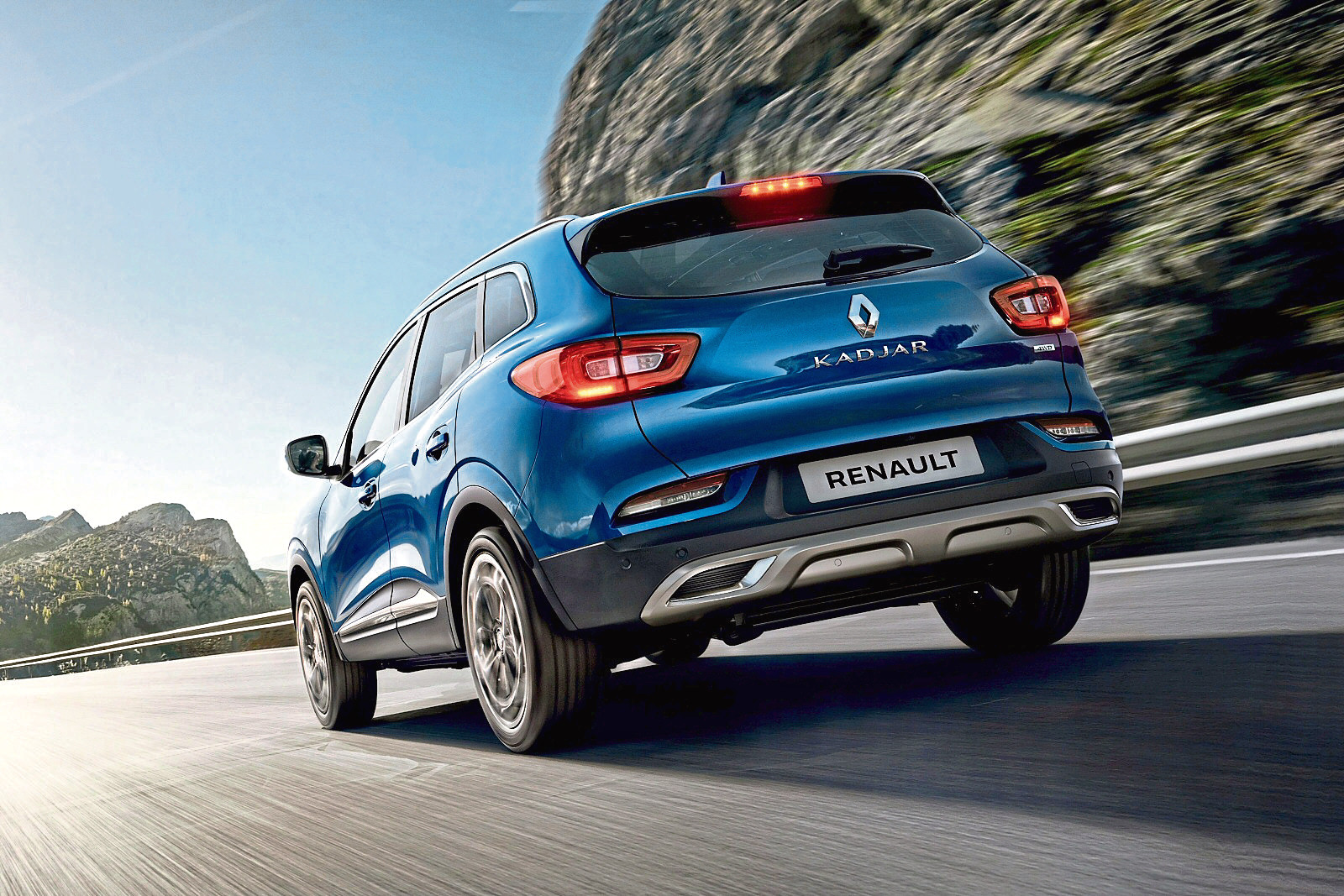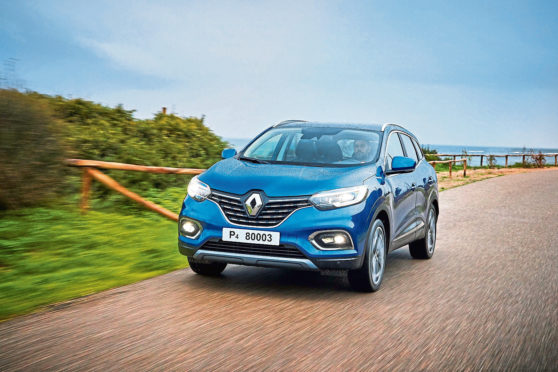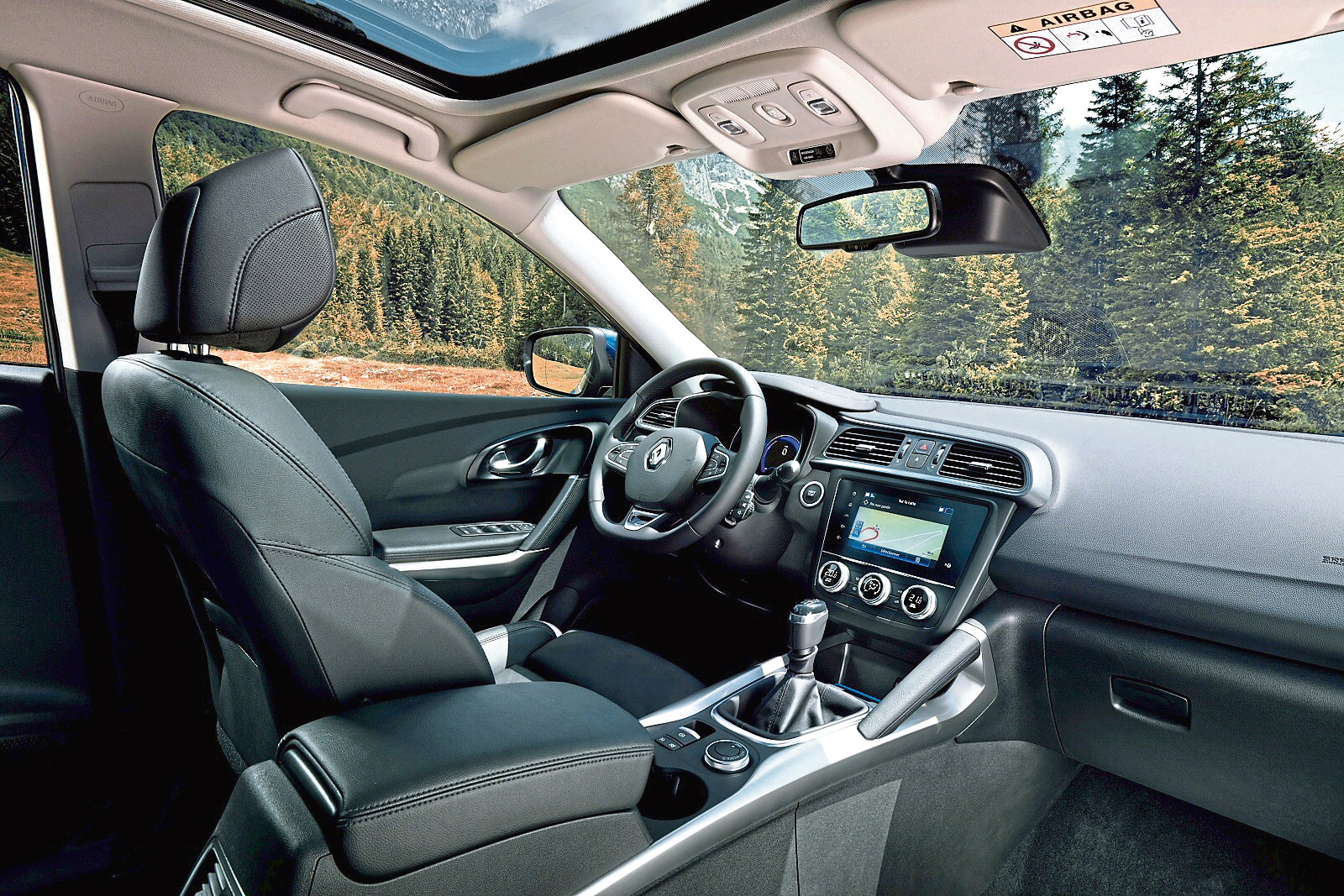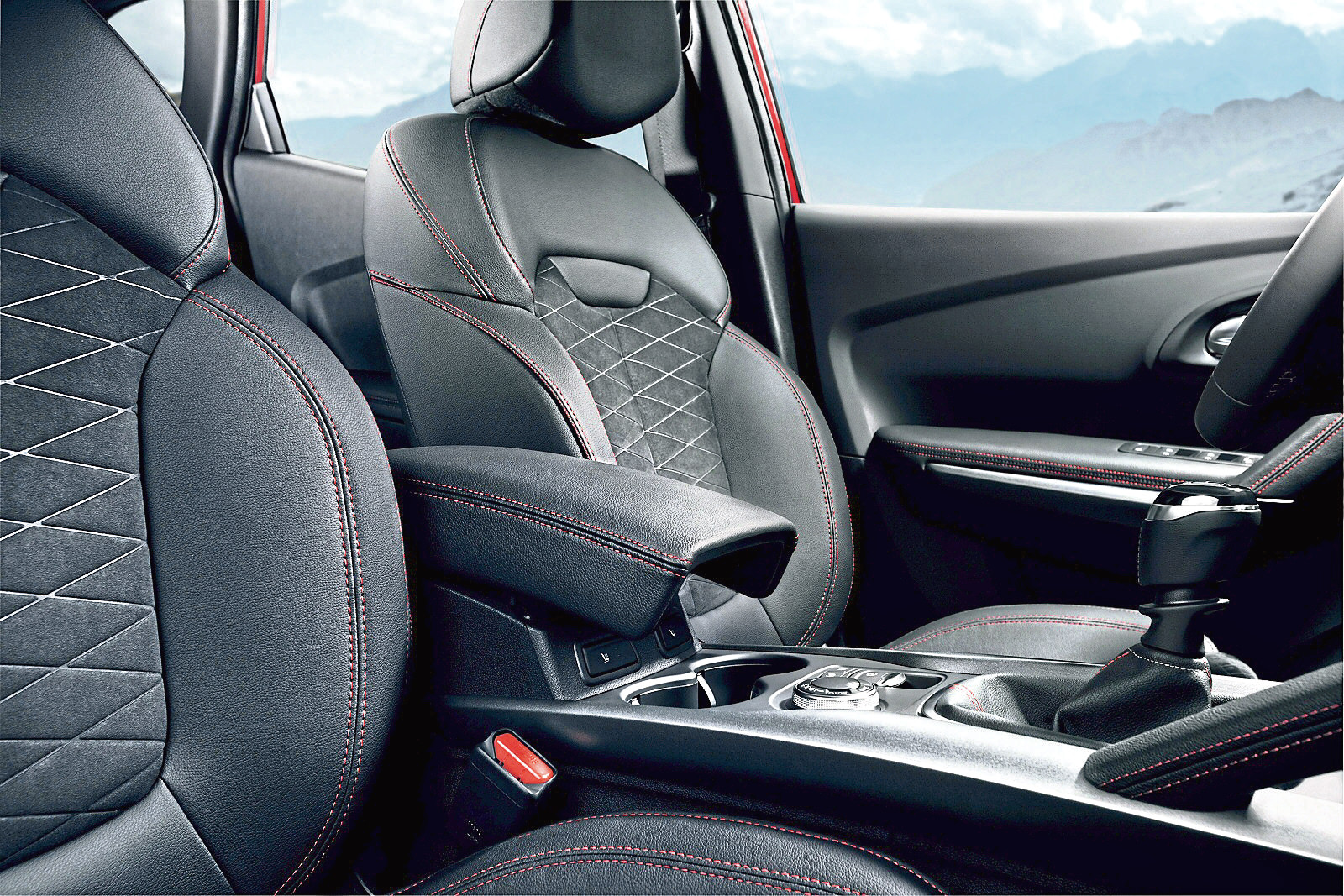That name first. That had us all guessing.
North African tribe? Middle Eastern trade wind? Wrong and wrong.
Apparently it’s one of those portmanteau French words where ‘Kad’ is inspired by the word ‘quad’ (the casual term for a four-wheeled all-terrain vehicle) and ‘Jar’ is a reference to the French words ‘agile’ and ‘jaillir,’ which means to ‘emerge quickly’.
Still, this is the crew who brought us Kangoos and Twizys, so perhaps it’s best not to linger.
It’s pretty easy to position just what this car is though.
Big brother to the smaller Captur crossover, slightly more compact than the bigger Koleos crossover, it’s spun off the same platform as alliance partner Nissan’s huge-selling Qashqai.
Renault reckons there’s enough room in the market to go poaching sales from the likes of Volkswagen, Kia and Toyota rather than merely cannibalise Qashqai sales.

Let’s take a look and see if they’re still on to something with this revised model. The key change is the addition of two fresh engines to the range.
Well actually, they’re now the only engines available in the range, though each can be had in a couple of states of tune.
The first unit is the one you might be primarily drawn to given the current zeitgeist, a 1.3-litre four cylinder Tce petrol unit putting out either 140 or 160hp.
This powerplant is a decent improvement on its 1.2-litre predecessor and develops its pulling power from low down, which should make town driving easier.
Rest to 62mph in a Tce 140 derivative takes 10.4s en route to 126mph – or 9.6s if you opt for the extra-cost EDC automatic version.
The Tce 160 variant (which can only be had in manual form), manages 62mph from rest in 9.9s on the way to 130mph.
If you fancy a diesel, you’ll be directed towards a 1.5-litre Blue dCi unit offering either 115 or 150hp.
Again, it’s the lower-powered unit that offers the EDC automatic option. A manual 1.5 dCi 115 variant manages 62mph from rest in 11.7s en route to 117mph.
As before, the basic suspension set-up (like virtually all the engineering) is carried over from this model’s cousin, the Nissan Qashqai, albeit with some Renault-specific tuning.
It makes a Kadjar manoeuvrable in town, with a tight 10.72m turning circle, and the driving position has been designed to mirror that of a typical saloon, rather than a high-set 4×4.
The front-wheel drive versions are fitted with an ‘Extended Grip’ system, which is claimed to enhance grip on low-traction surfaces.
Four wheel drive is only available on the top 150hp diesel model.
The all-wheel-drive system offers three specific modes: Auto, Lock and FWD.
If you do choose to take the Kadjar off the beaten track, a 19cm high ground clearance lends it some ability, while front and rear skid plates will help if the 18 degree approach and 25 degree departure angles prove insufficient.
Unless you happen to be a Renault sales person or an owner of the original version of this car, you’ll struggle to notice any changes to the exterior.
So, as before, the Kadjar looks like a scaled-up version of Renault’s smaller Captur SUV – which is no bad thing.
Of more importance is the news that the interior of this car has been treated to a much-needed re-fettling.
The fascia has been given a new 7.0-inch centre-dash touchscreen that’s a big improvement on what was offered before. There are smarter instrument cluster displays too.
Pricing starts at just over £20,500 and runs up to £30,000, so conforms to the class norm.
There’s the choice of four trim levels – ‘Play’, ‘Iconic’, ‘S-Edition’ and ‘GT Line’. Even the base ‘Play’-trimmed versions are well equipped, with 17-inch alloy wheels, tinted windows, front fog lights, auto headlamps and wipers and rear parking sensors.
The 1.5-litre dCi diesel unit is the engine to choose if you feel that fuel station pasties and chocolate bars are sabotaging your fitness regime.

This gets 65.7 miles per gallon and 134g/km of CO2 – and the 150hp version of this diesel isn’t that much worse.
Go for the petrol 1.3-litre TCe 140 variant and you’ll manage 134g/km of CO2 and 47.9mpg on the combined cycle. There are advantages to turning up late to any party and the Kadjar has made the very most of them, especially in this improved form.
Building on the market credibility the brand has already earned with its smaller Captur Crossover, it takes pretty much everything that’s good about the segment-leading those elements in a sleek, slightly more spacious package that’s a little more affordably priced.
This Renault may not be the ‘ultimate urban adventurer’ the ads claim, but it’s the kind of car that really could add a more appealing dimension to family travel.
THE FACTS
Model: Renault Kadjar
Price: From £20,500
Engine: 1.3-litre TCe 140
Performance: 0-62mph in 10.4s en route to 126mph
Economy: 134g/km
CO2: 47.9mpg


